I know what you are thinking: This is going to be another article about how Genshin Impact is a Legend of Zelda: Breath of the Wild (BotW) clone. While you are right, Genshin Impact takes the basic formula of BotW and stands on its own as an open-world gacha fantasy JRPG. Genshin on the surface is incredibly similar to BotW; with mechanics like cooking, gliding, exploring, and fighting across beautiful landscapes. With 17 million downloads and $60 million in mobile sales in its first week of release, Genshin Impact has been a resounding success for developer miHoYo. That is not including sales accrued across PS4 and PC! Genshin Impact has a colorful cast, exciting gameplay, and an intoxicating environment that has made it into a AAA mobile game. While this game is not perfect, it is gorgeous and tons of fun. Genshin is designed to entice players to spend money but the character and weapon pulls are not overly invasive and ultimately do not detract from the overall experience. This game has been a dream scenario of Dragon Quest and Breath of the Wild being fused.
Story
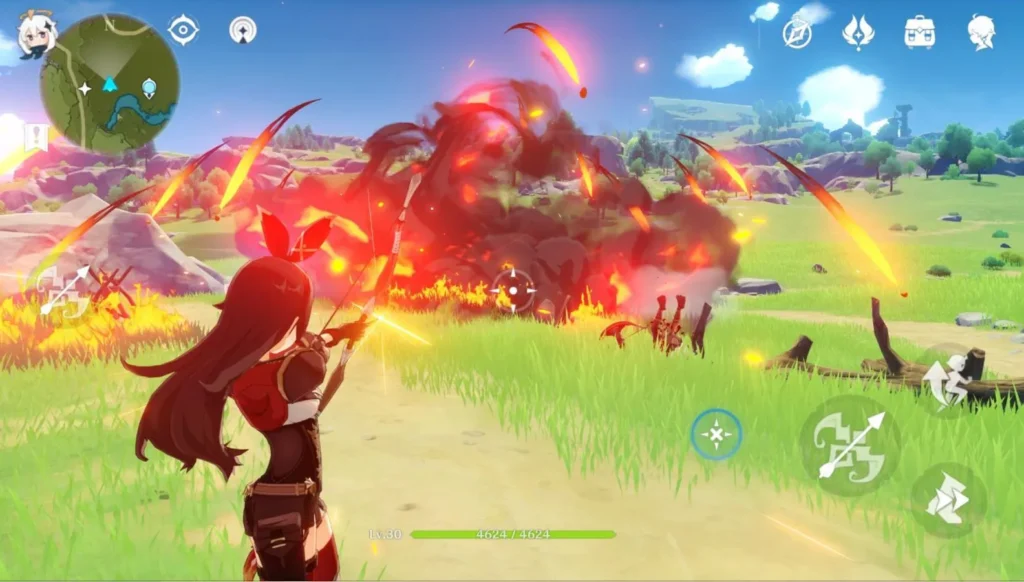
As the story begins, you are introduced to twins, one male and one female, and are given the choice of which to pick as your main character. The two are locked in an intense battle against an evil witch that separates the two siblings. Your chosen Traveler awakens in the world of Hyrule, er I mean Teyvat. Years have passed since the battle that separated the Traveler from his/her sibling and a small obnoxiously high-pitched, fairy-like creature named Paimon has become the Traveler’s guide and companion. The two travel to the city of Mondstadt (which is also the name of the nation). Not long after their arrival, the citizens are attacked by a massive dragon named Stormterror. After playing hero and driving the dragon away, the Traveler is recruited into the Knights of Favonius and meets other playable characters Amber, Lisa, and Kaeya. These make up the four characters that are given throughout the story and each specializes in a different element.
This synopsis covers most of the Prologue and while there is more to the story it won’t be spoiled here. It’s also important to remember that this is a gacha game and the developers will continue to dish out plenty of future story and side content to keep players playing and wishing for new characters. While there is an “end” to the game right now, there will be more acts introduced down the road to keep players coming back for more.
Gameplay
The game separates itself from Breath of the Wild with its combat. The combat is surprisingly fluid for a mobile game and I imagine it would be even more fun with a controller on PS4. I quickly fell in love with this whimsical world and its mechanics. Some of the biggest challenges early on were learning individual character weaknesses and strengths and trying to aim the bow for charged elemental attacks. Players will be excited to know that your weapons don’t break and you can switch between one of four party characters on the fly. At the time of this writing, there are 24 different characters available in the game and members can be rotated in and out of the party outside of combat. The coolest feature in combat is the various character’s elemental properties can be used in combination with one another. For example, early on I would use Amber’s Pyro arrows to light enemies or parts of the battlefield on fire and then switch to the Traveler whose special is an Anemo (wind) tornado. When using them in conjunction with one another, I could create flaming vortexes for serious damage. Understanding the seven elements and their relationship with one another will make combat so much more exhilarating. When reaching the second nation, Lyiue, the Traveler can change his element from Anemo to Geo, making him/her especially unique to the game.
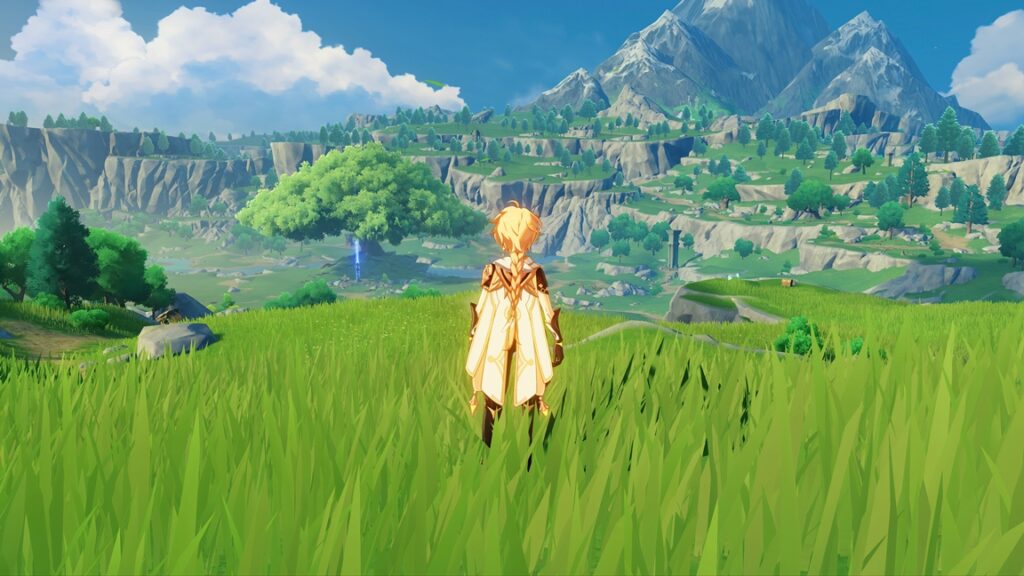
The world of Tevyat is vast and full of enemies, resources, temples, challenges, and tasks that are used to increase your Adventure Rank, which is essentially your account level. Each character in your party has a character that maxes out at level twenty until your Adventure Rank reaches fifteen. At Adventure Rank sixteen, the game introduces a fun co-op feature that allows you or another player to drop in and drop out of other worlds. You can build a friends list and play together which opens up exciting possibilities for combining elemental attacks.
Unfortunately, there will be a bit of a grind as some main and side quests will not unlock until you have increased your adventure rank. You will wander the map completing randomly generated side missions and challenges just to increase your rank so you can unlock new areas or stories. While this was not a deal breaker for me, it is one of the few negatives that just come with the territory in Gacha games. While grinding is repetitive, there are several different enemy types throughout the game from Dragon Quest-like slimes and BotW Bokoblin-like hilicurls
Some of the main characters like Jean, the head of the Knights of Favonius, Diluc the tavern owner, and Venti the bard, are introduced throughout the story as well as available as Gacha pulls using some of the game’s premium currency. Fan sites have already established various tiers for the characters based on their move sets, elements, defense, or damage per second. Not all sites agree on the efficiency and power of each character so you may check multiple to figure out if the character you pulled is any good. To my relief, I pulled Venti the bard, an S-tier character, who uses wind elemental magic and a bow. He has been my main character who I’ve already raised to his second-level cap of forty. Beware the Spoony Bard of Tevyat! I also pulled Razor, who uses greatswords, electro, and a spectral electro werewolf special for my close encounters. Razor is also considered S-tier and he and Venti do the majority of the fighting for my party.
Audio/Visuals
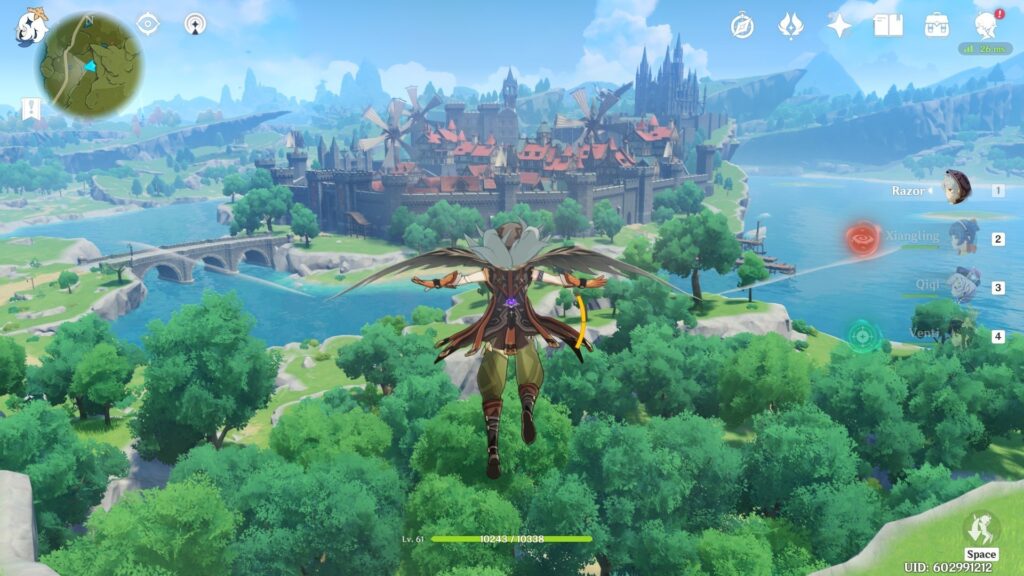
The world of Tevyat is beautiful and I still can’t believe it’s available as a mobile game. The bright hues of playable characters and enemies in an anime-like style remind me of Dragon Quest XI. The environments are bright, vast, and different. As of the writing of this article, there have only been two countries introduced, Mondstadst and Liyue. Mondstadst is represented by Anemo and is themed after Germany while Liyue is represented by Geo and themed after China. The variations in scenery and architecture make each country unique to explore and these are only two of the seven slated for the future release. So far, I have no significant issues with frame rates or rendering issues so long as I have a stable internet connection while playing the mobile version but I have heard that the console versions have more issues. The music is incredible for a mobile game. I have left the game running just to hear some more of the music and the soundtrack is available on Apple Music. The voice work is hit-and-miss but is not jarring. Paimon, the fairy-like sidekick, is obnoxious in almost every scene she is in but several of the other characters are given meaningful dialogue and backstory.
Conclusion
Genshin Impact has left a very strong impression on me. I generally avoid mobile gaming, especially gacha games. I may have picked it up because of its similarities to BotW but I firmly believe it is starting as an amazing game in its own right. Genshin will continually evolve so it’s hard to say how it will be remembered and whether I will feel the same after a few updates. However, I enjoyed the game without spending a dime and enjoyed myself thoroughly and that is an impressive feat for a free to play. There may be an eventual pay ceiling but I have not found it yet. If the ceiling is out there, I will find it because I can’t put Genshin Impact down.
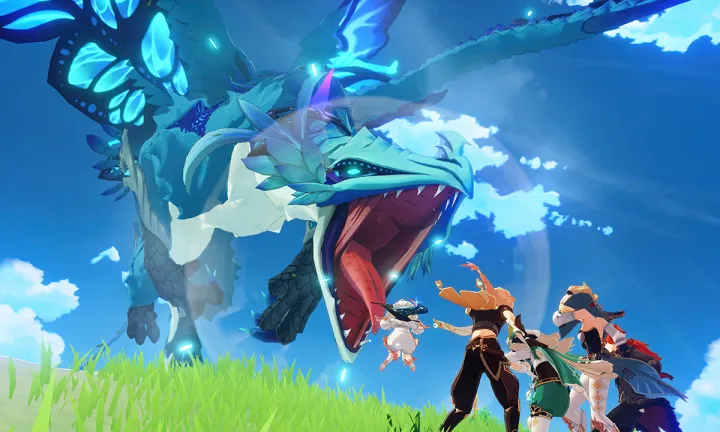

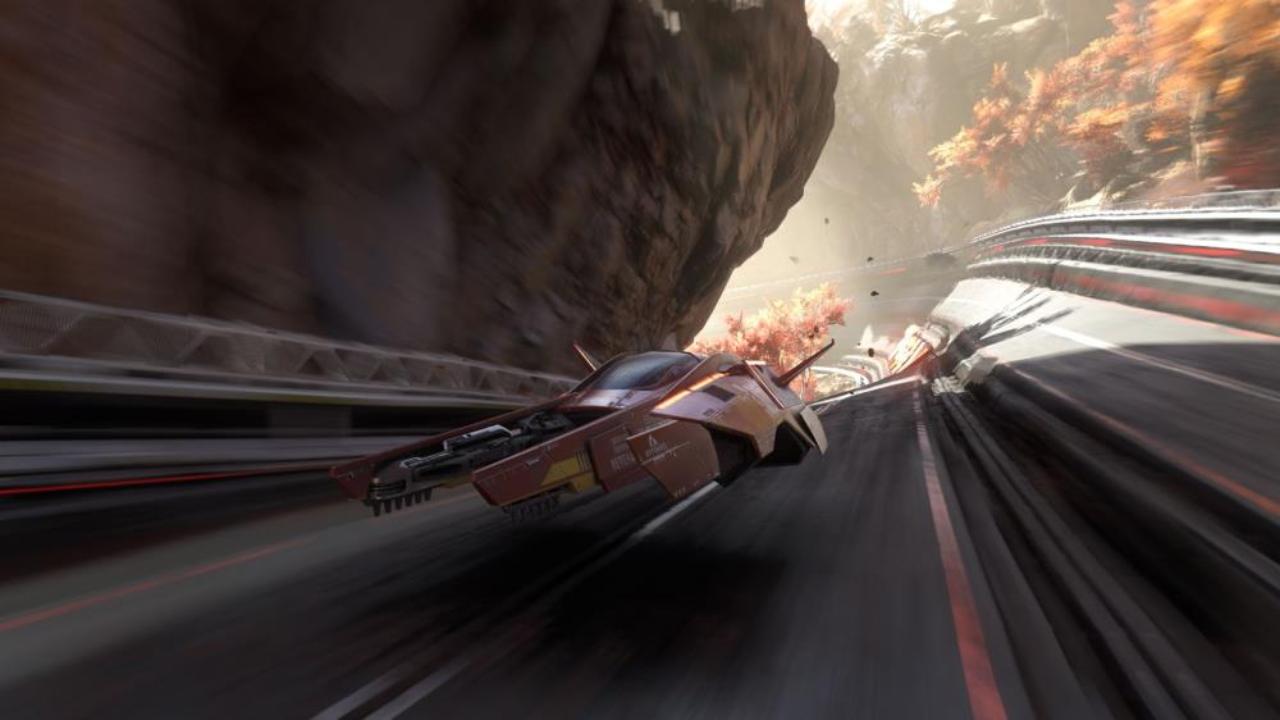
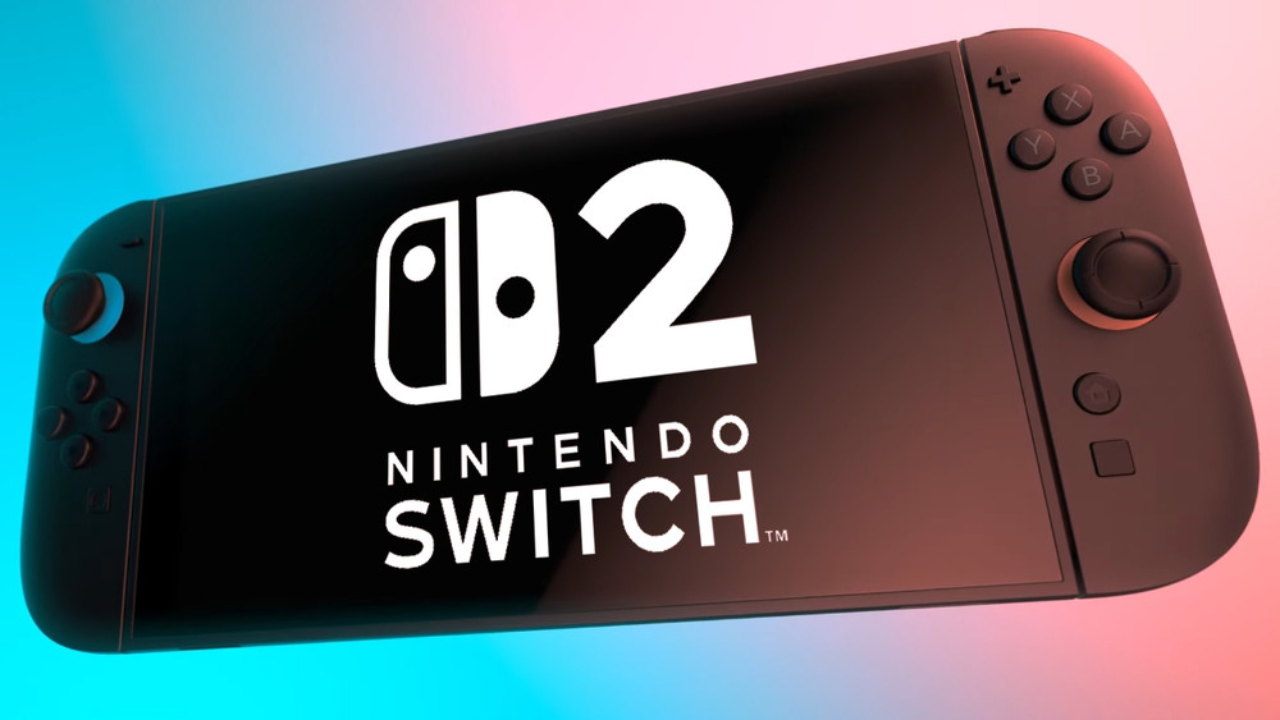
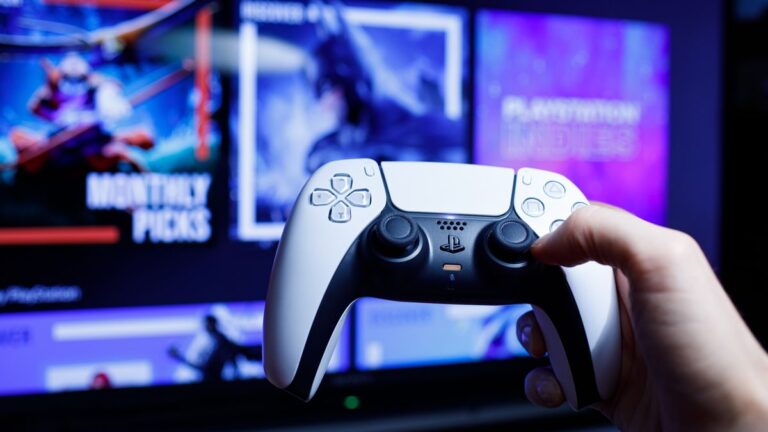
Leave a Comment